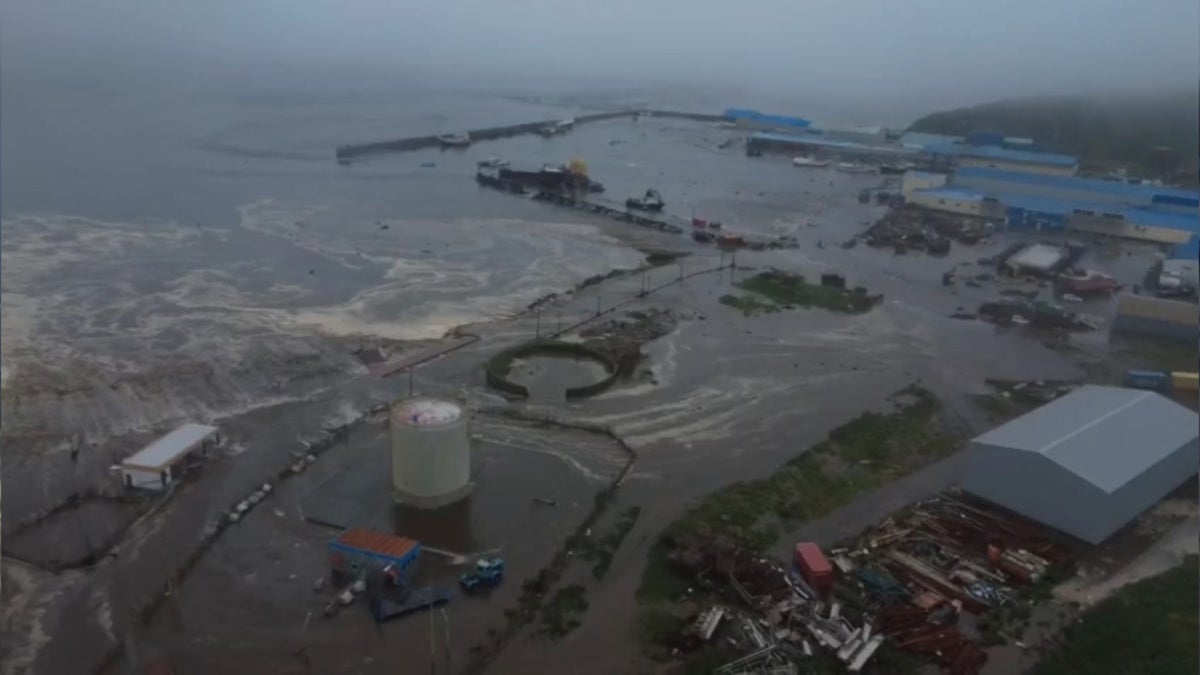Now Reading: Why Russia’s Earthquake Triggered a Smaller-Than-Expected Tsunami
-
01
Why Russia’s Earthquake Triggered a Smaller-Than-Expected Tsunami
Why Russia’s Earthquake Triggered a Smaller-Than-Expected Tsunami

Quick Summary
- On July 30, 2025, a magnitude 8.8 earthquake struck near Russia’s Kamchatka Peninsula at a depth of 20.7 km.
- The quake, located off Petropavlovsk-kamchatsky city, prompted tsunami warnings across the Pacific region.
- Tsunami waves reached heights of over four feet in Japan and Hawaii; some alerts were downgraded as impacts were less destructive than feared.
- Localized destruction occurred in Severo-Kurilsk (Kuril Islands), with waves of up to 16 feet causing damage to houses and port infrastructure.
- Initial evacuations affected millions across Japan,parts of hawaii,Central America,and South America as precautionary measures.
- Factors contributing to the moderate tsunami include fault slip dynamics and seafloor bathymetry along predicted paths.
Image Highlights:
- Aerial image showing flooding in Severo-Kurilsk from the tsunami aftermath (Kamchatka Geophysical Survey/Anadolu via Getty Images).
- Infographic illustrating differences in amplitude and energy released by earthquakes across magnitudes (Amanda Montañez).
Indian Opinion Analysis
The earthquake off Russia’s Kamchatka Peninsula highlights critical lessons for disaster management globally. Despite its meaningful magnitude (8.8), timely evacuation protocols ensured minimal casualties beyond localized destruction in eastern Russia-a testament to effective warning systems supported by global geophysical monitoring networks.
For India, this incident underscores the importance of robust tsunami preparedness given its coastal vulnerability and history with events like the devastating Indian Ocean Tsunami of 2004. India’s investment in deep-ocean monitoring systems is vital to predicting potential hazards during regional tectonic disturbances.
The geological complexity explained-that not all high-magnitude earthquakes result in extreme tsunamis-offers reassurance while emphasizing scientific intricacies that demand higher data precision when forecasting wave impact zones locally or internationally.
Precision-driven disaster readiness serves as an essential pillar not only for safeguarding citizens but also for addressing broader regional cooperation challenges involving shared oceanic ecosystems like those surrounding South Asia’s coastline.



























